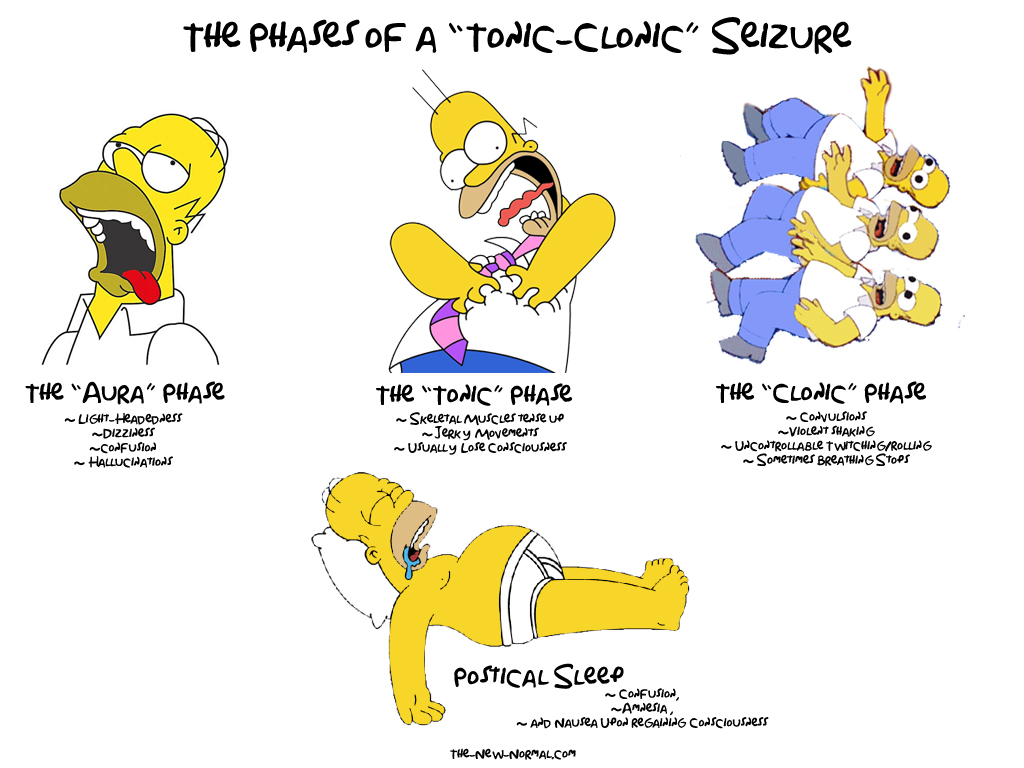• Memory deficits, including loss of short-term memory;
• Sleep disorders;
• Speech dysfunction – the patient is no longer able to produce coherent language or may be completely unable to communicate
• Cognitive and behavioral disturbances – confused thinking, hallucinations, delusional thinking, dis-inhibited behaviors;
• Movement disorders - usually of the arms and legs and the mouth and tongue, but may include full body spasms. These types of movements are very common in Anti-NMDA Receptor Encephalitis and the patient is unable to control them. They are often quite severe, requiring the patient to be restrained and sedated for their own safety and those of their care-givers. Sometimes patients are unable to move, and may appear like a statue, holding the same position for hours or days (catatonia);
• Loss of consciousness – The patient may be semi-conscious or may slip into a coma;
• Autonomic dysfunction – erratic breathing, heartbeat and blood pressure; loss of bladder control and bowel movements;
• Central hypo ventilation – the patient may stop breathing, and may require a mechanical breathing machine.
• Vision and/or hearing may also be impaired.
The vast majority of patients experience a combination of symptoms and signs from the above list. Symptoms may come and go over the course of the illness. Rarely (<5% of cases), psychiatric symptoms (hallucinations, mood disturbances, delusions) may be the only symptom of anti-NMDA receptor encephalitis.
Many people complain of flu-like symptoms around the time that their disease begins. The possibility that an infection triggers or contributes to the development of anti-NMDA receptor encephalitis is being actively considered in research.

No comments:
Post a Comment